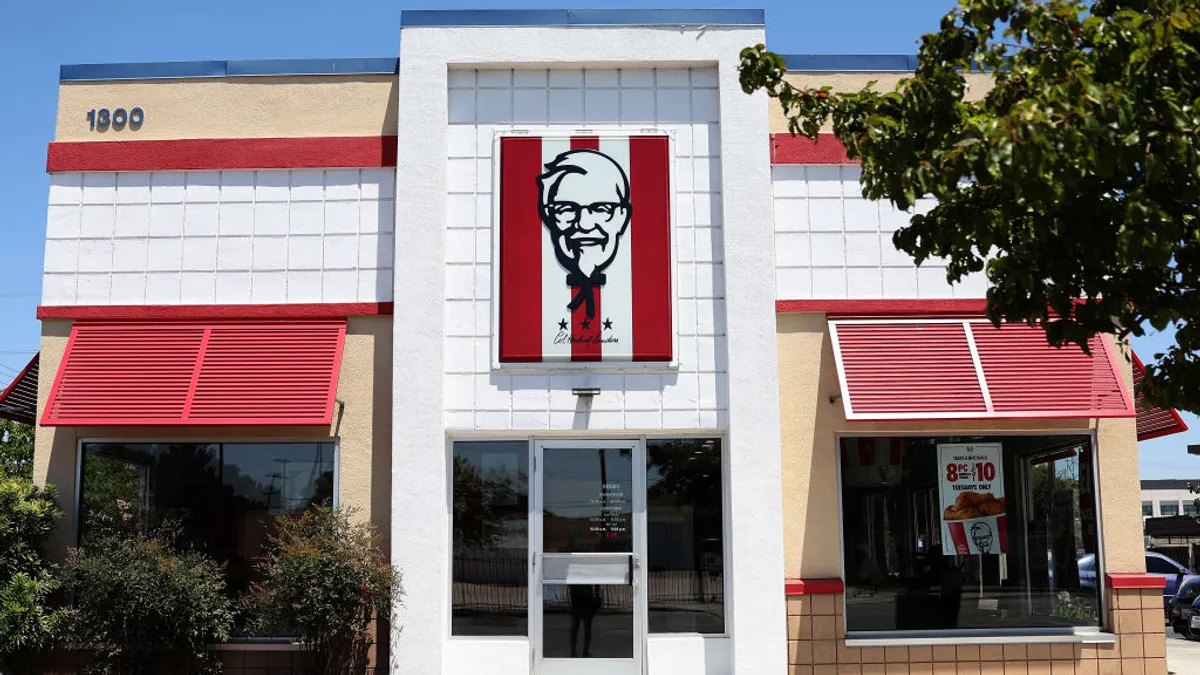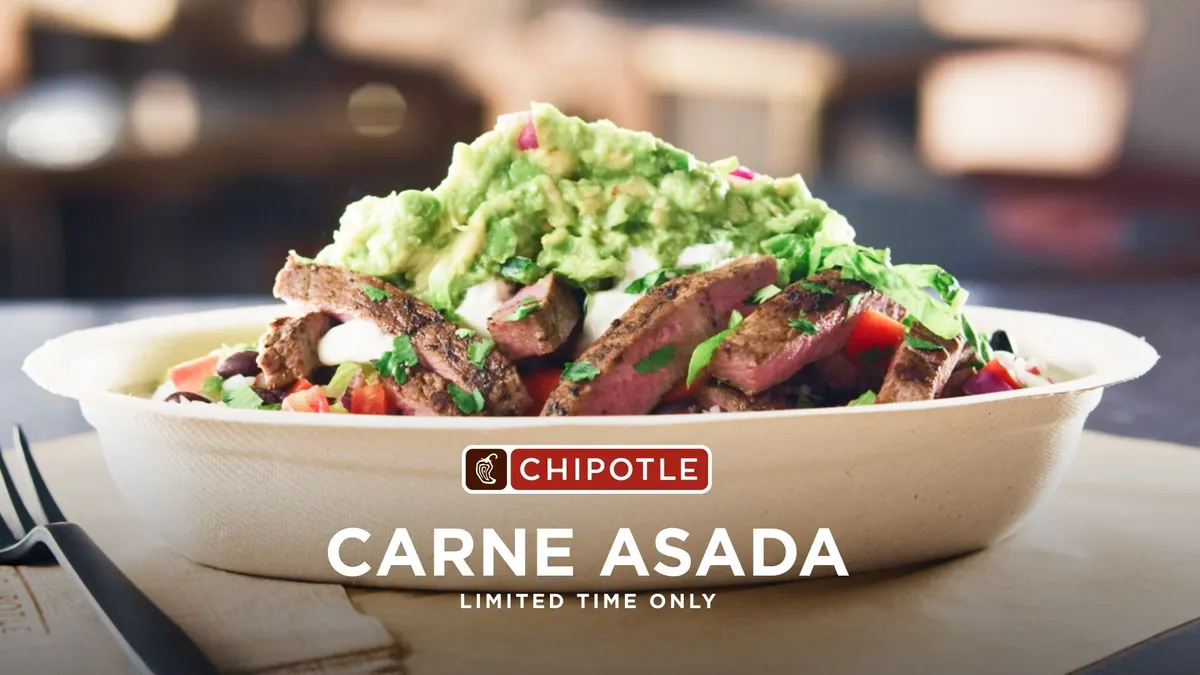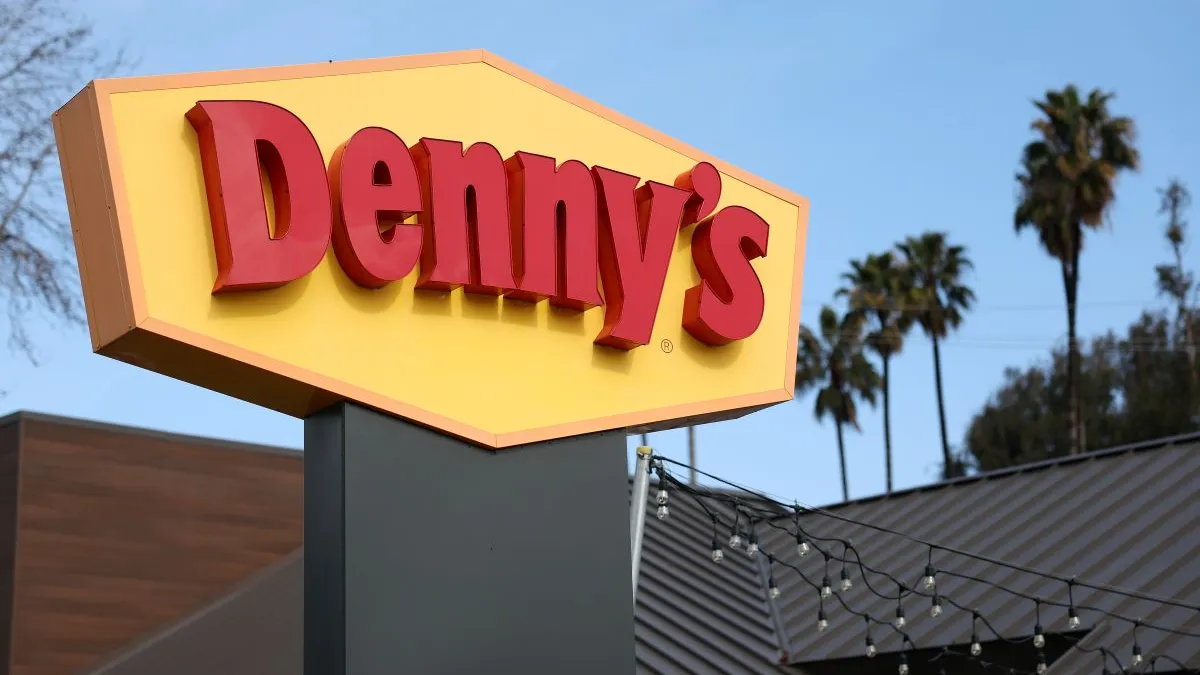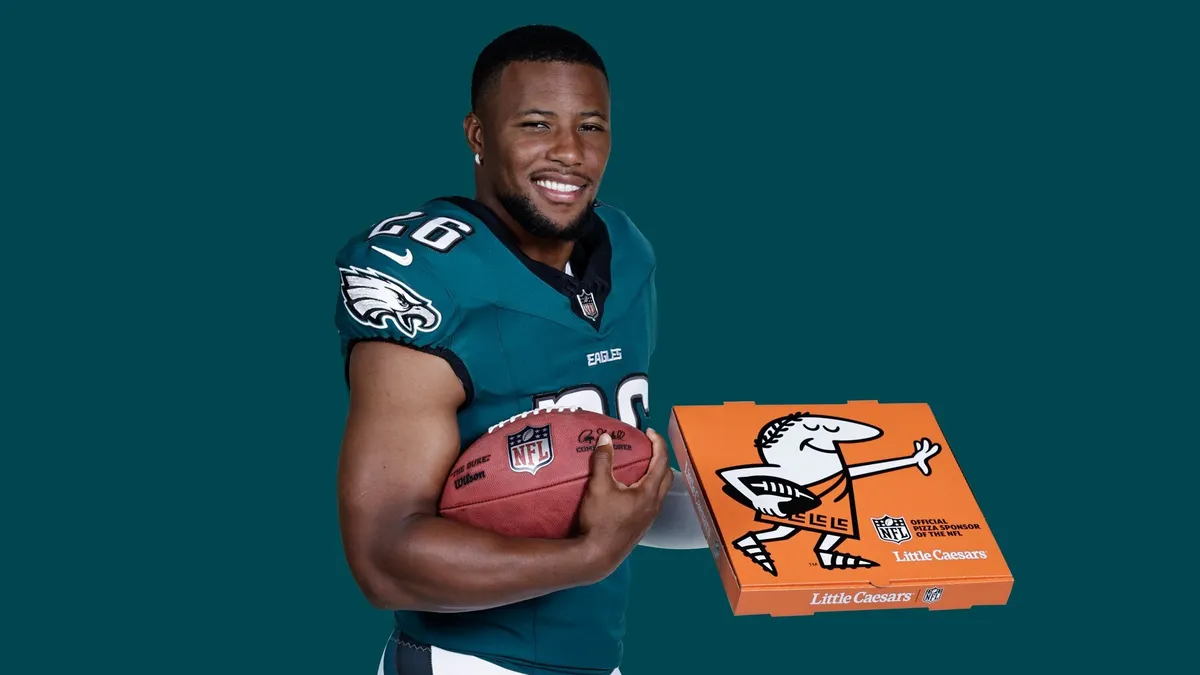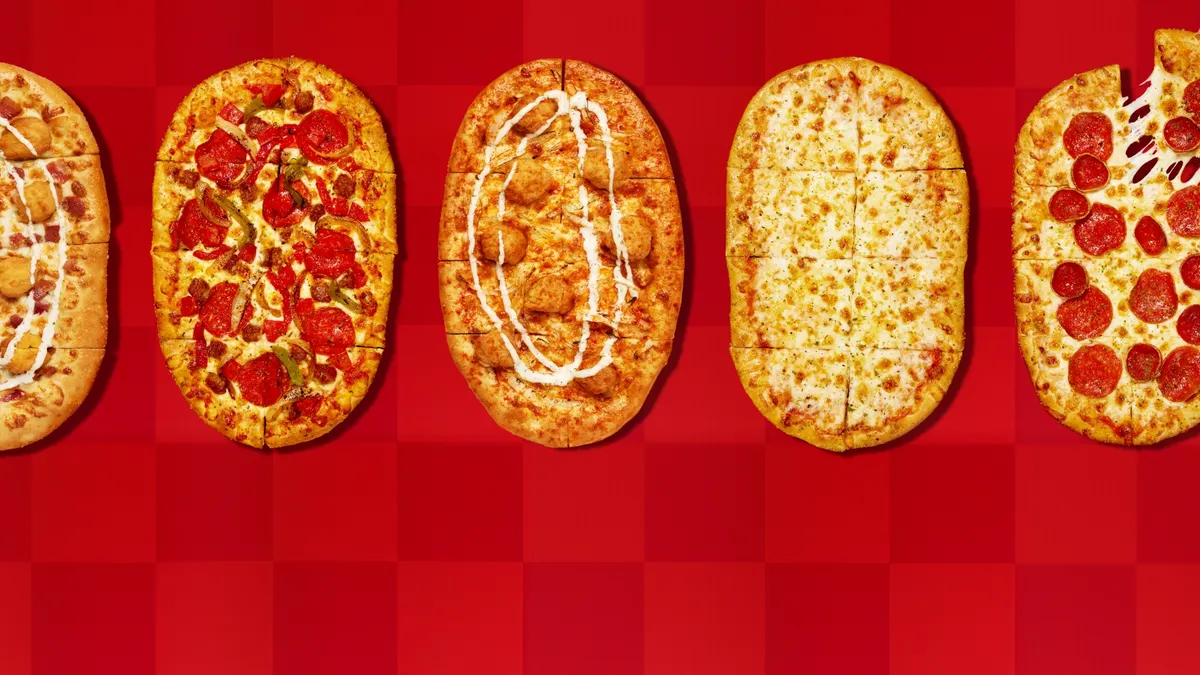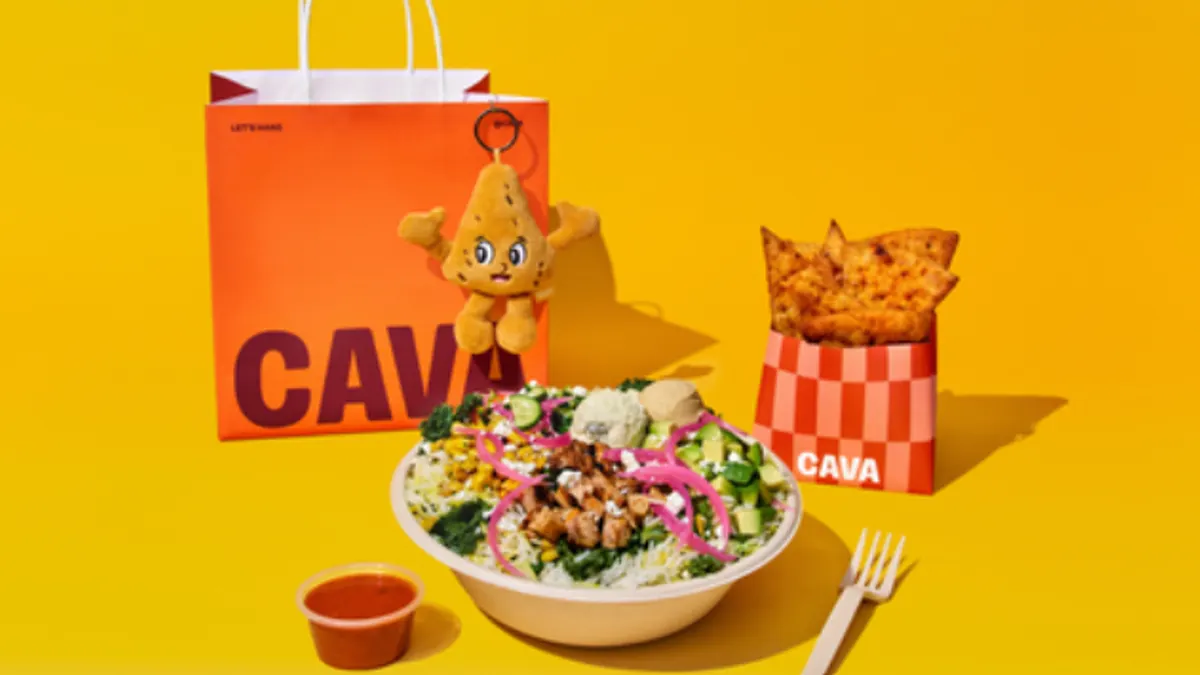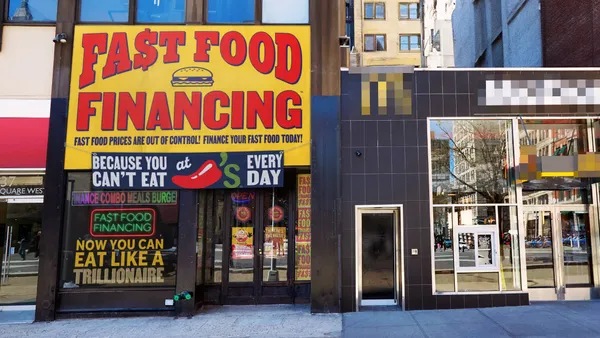With 30,000 restaurants globally, KFC has access to a massive amount of customer data. The challenge is coming up with a customer listening plan that can tap into worldwide trends while digging into individual markets as necessary.
The foundation of a great customer listening program is data collection and storage, according to Rob Swain, COO at KFC. The restaurant chain is dealing with extremely large datasets, but it turned to Qualtrics' software to extract the full value of its customer insights.
“Once you've done the work around how we're going to house the data, where we're going to get it from, how we're going to do that listening, the beautiful advantage is when you do have the data, it opens up so many possibilities about what you want to do with it,” Swain told CX Dive at the Qualtrics X4 conference in Salt Lake City last month.
KFC’s experience management program, KFC Listens, aims to encourage buy-in from every relevant team member, whether leadership or restaurant management.
With a careful approach, KFC has been able to keep its teams from chasing scores over outcomes and ensuring customers have a great experience even on their first trip — before the restaurant has any personal details about them.
The program is designed to collect data from a range of sources and to disseminate the findings to an equally diverse set of business teams via the KFC Listens portal. The goal is a unified source of truth that is as useful for pinpointing how menu items are performing on a local basis as it is for tracking macro customer trends.
Communication at scale
Identifying potential customer pain points isn’t difficult, according to Swain. The real work is coordinating across the company to solve any issues.
“Conversations are much more about the solution than identifying the problem,” Swain said. “Identifying the challenge actually is now the relatively straightforward part. The interesting thing is, how quickly can you work cross functionally against these challenges?”
Even though KFC is collecting data from thousands of restaurants around the world, it all comes together as a single point of truth. Marketing, CX and supply chain teams might all sit in the same meeting and look at the same data, with the value coming from each team looking at shared facts from a different perspective.
“We launched a new menu item, and we thought there might be some changes required from a customer point of view,” Swain said. “All of those teams might sit in the room and think about, ‘What do we want to do differently?’”
The process of creating this unity starts from the top down, according to Swain.
KFC Listens was launched with buy-in from the global leadership team, and the company recommended that its business units not include data from the program in operational performance reports for the first year.
The goal for that launch window was to focus on implementation, according to Swain. KFC worked with Qualtrics to understand how users were accessing the customer listening tools on a daily, weekly and monthly basis as leadership worked to drive adoption.
“That was really the rallying cry in the short term,” Swain said.
How to avoid chasing scores
While data can help companies elevate CX to the next level, it can also make the numbers, rather than the outcomes, seem like the goal.
Over the years, quick-service restaurant data collection has evolved from individual mystery customers to numerical feedback and open-ended surveys, which has helped companies collect better information, according to Swain. The introduction of new channels, like digital ordering, expands the available dataset even further.
However, as metrics proliferate, leaders need to be careful that they don’t lose sight of what really matters.
“I think the challenge of that is, in QSR broadly, restaurant teams are very focused,” Swain said. “We've got scorecards and performance metrics. So I think what can happen is people start to chase a score. They're consistently going, ‘But how do I beat the score?’”
A great score doesn’t necessarily match how a restaurant is doing in reality, according to Swain. As KFC developed its customer listening program, the restaurant chains discovered that there was a disconnect between what its survey tools found and what some of the other data points said.
Teams can connect the dots between the metrics and the bottom line by studying the link between their key performance indicators and business performance. Putting the end result first, then tying that back to the metric, can help avoid putting scores on a pedestal.
“You've got to have a link to financial outcomes,” Swain said. “Fundamentally, whether it's a franchise business model or the restaurants we own and operate, of course we want to be an organization that is rooted in service and experience and taste at the same time. We want that to deliver better financial outcomes.”
Nailing that first experience
Companies with an established link between their metrics and customer outcomes are in a good position to use their data to perfect what may be the most important interaction — a customer’s first experience with the brand.
In the early stages of KFC’s Qualtrics software rollout, the company studied one of its pilot markets with a large data set and confirmed that customers who had a good first experience spent more money and came back more often, according to Swain.
Getting the first experience right can be tricky because it calls on leaders to understand the needs of customers who haven’t shared any information yet.
By examining customer data points from support centers, marketing and more, KFC came to the conclusion that the most important element of its brand experience is taste, according to Swain. If the company could ensure customers consistently liked their food on their first visit, financial benefits would follow.
However, identifying the key aspect of the experience and executing on that aspect are two different challenges. KFC’s next step was to strategize across the company on how it could deliver — and its strategy encompassed everything from equipment to training processes to restaurant operations.
Piecing together every element to make first experiences great requires collaboration from leadership through frontline staff, regardless of the brand’s most important element, Swain said.
“When you can harness the collective power above the store leaders on, for example, systemic challenges, execution, delighting guests in the Facebook review, how we advertise and what our market is, and then you add the power of our restaurant teams, I think that's when you get the real magic,” Swain said.



